Can you still feel the warmth from your gas fireplace when it's turned off? If you wonder whether this is a common situation, we got your back. To help you, we researched if you can keep your cool about a gas fireplace that's always warm. Here's what we discovered!
A gas fireplace can remain warm even though it is not in use because of the pilot light, which emits heat. It is typical for the gas insert and glass door panel to sustain a warm temperature.
A gas fireplace is an excellent device for heating and relaxation. In this article, we will cover gas fireplace conditions after using it. We will also explore its qualities, troubleshooting, mechanisms, safety tips, and other questions. Keep on reading while enjoying the cozy vibe of your fireplace.
Why Is My Gas Fireplace Hot When It's Off?
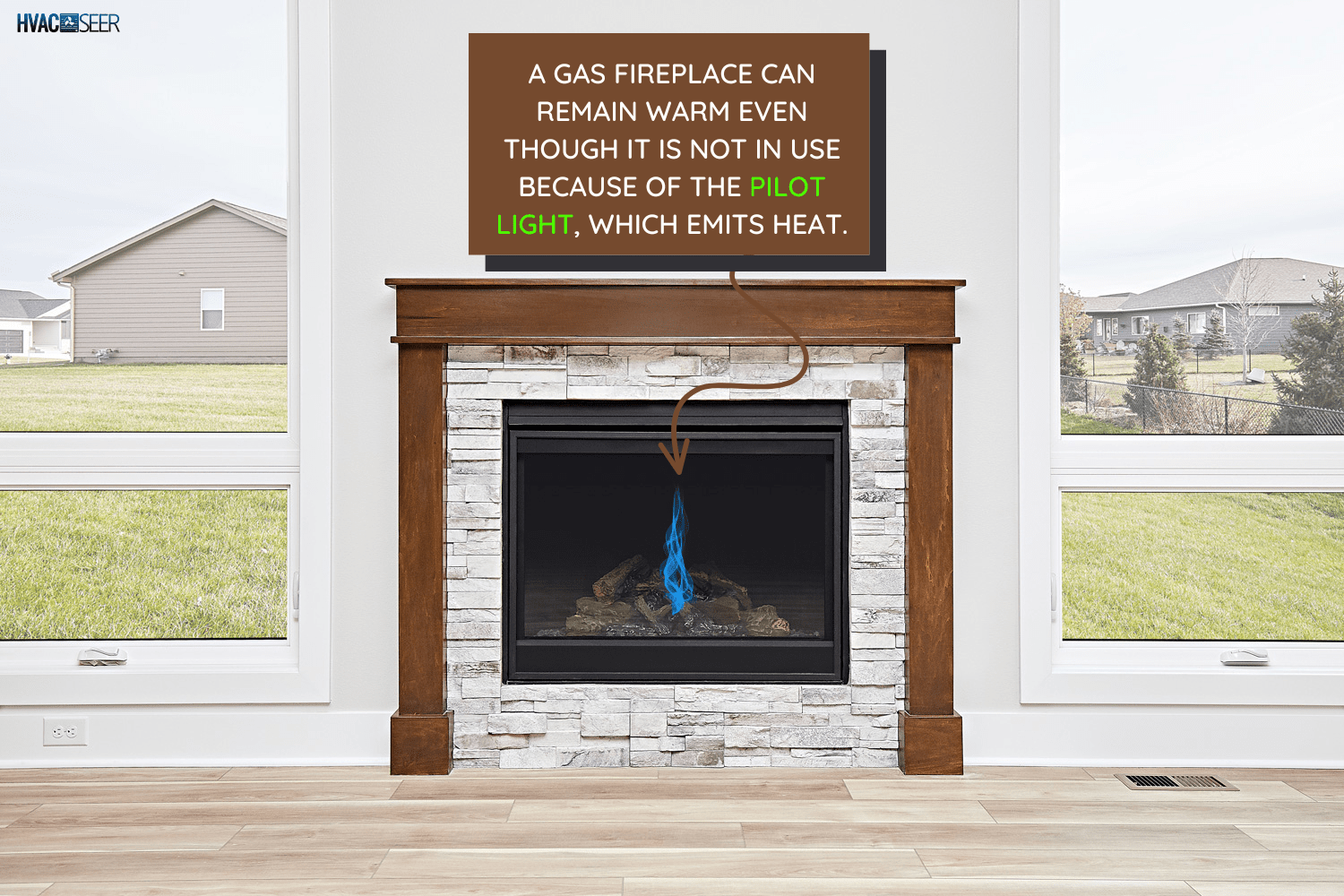
A gas fireplace stays hot after turning it off because of the pilot light. This little blue or yellow flame releases a considerable amount of heat. It constantly works to omit the need for re-ignition before using the furnace.
How Hot Should A Gas Fireplace Get?
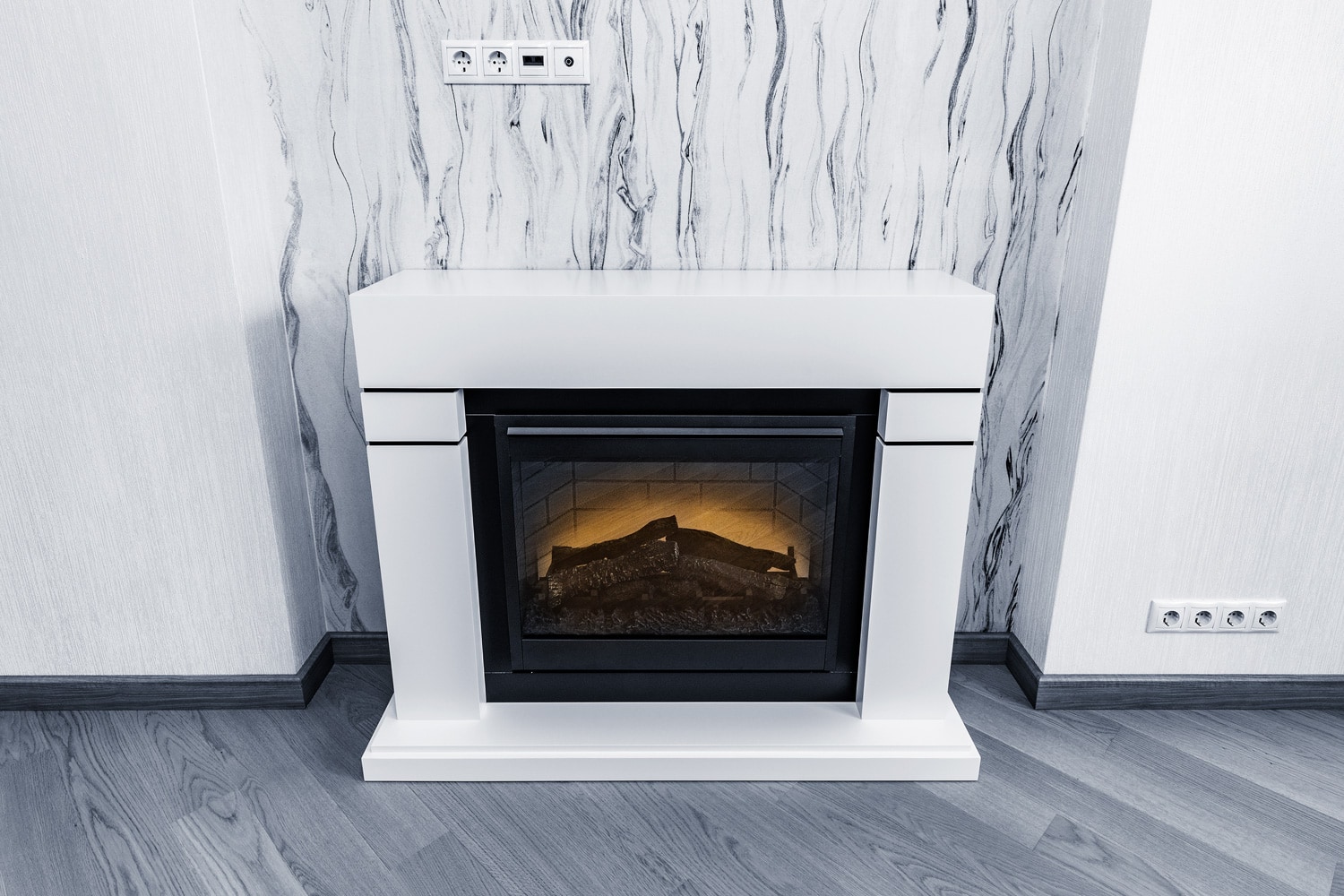
The power of a gas fireplace differs based on its features and make. Hence, there is no optimal temperature. You can tailor it according to your preference and climate. It can release energy ranging from 7,000 to 60,000 British Thermal Units or BTUs.
Can A Gas Fireplace Overheat?
Overheating or over-firing a gas fireplace happens when you apply too much fuel. It allows the fire to spread upward. The temperature goes beyond the manufacturer's recommendation. For instance, it can fluctuate between 1000 and 1500 degrees Fahrenheit.
Over-firing can lead to discomfort instead of warmth. It usually causes unit malfunction, structural injury, and health risks. For instance, it can cause chimney cracks and carbon monoxide poisoning. Fire experts recommend the installation of a carbon monoxide detector.
Click here to see this digital carbon monoxide alarm on Amazon.
How Do I Know If My Gas Fireplace Is Too Hot?
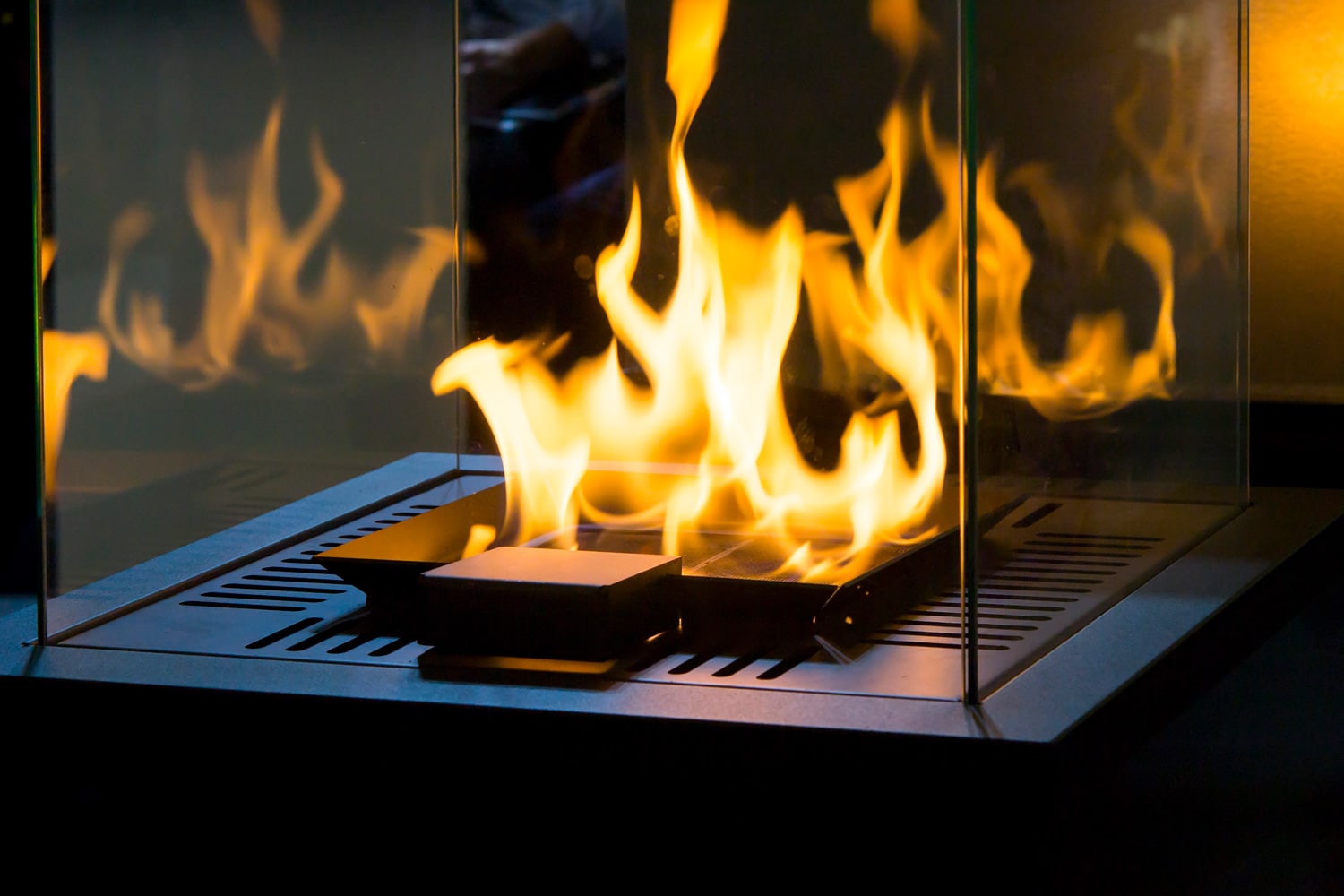
Your gas fireplace is too hot when you see a warping firebox, a black stain in the glass, and hear a popping noise when it's running. When you clean it, you might notice that the flue pipe has creosote buildup.
You should be familiar with these telltale signs and address them by knowing the root cause.
The following are reasons a gas fireplace can get too hot:
- Fully opened air vents increase the airflow.
- Loading wood beyond the maximum capacity of the stove size.
- Oversized stove has a big enclosure for heating.
- Panel door seals poorly because of the worn-out gasket, a sealant against abrasion and air confinement.
- Draft is too powerful.
- Logs have excessive moisture content.
- Ceramic logs warm-up readily compared to the wood logs.
- Improper fireplace installation leads to outflow of fumes and excess heat.
While over-firing affects the atmosphere, it can damage the internal elements of a fireplace, including the baffle plate at the firebox tip.
Click here to see this replacement gasket kit on Amazon.
How Do I Cool Down My Gas Fireplace?
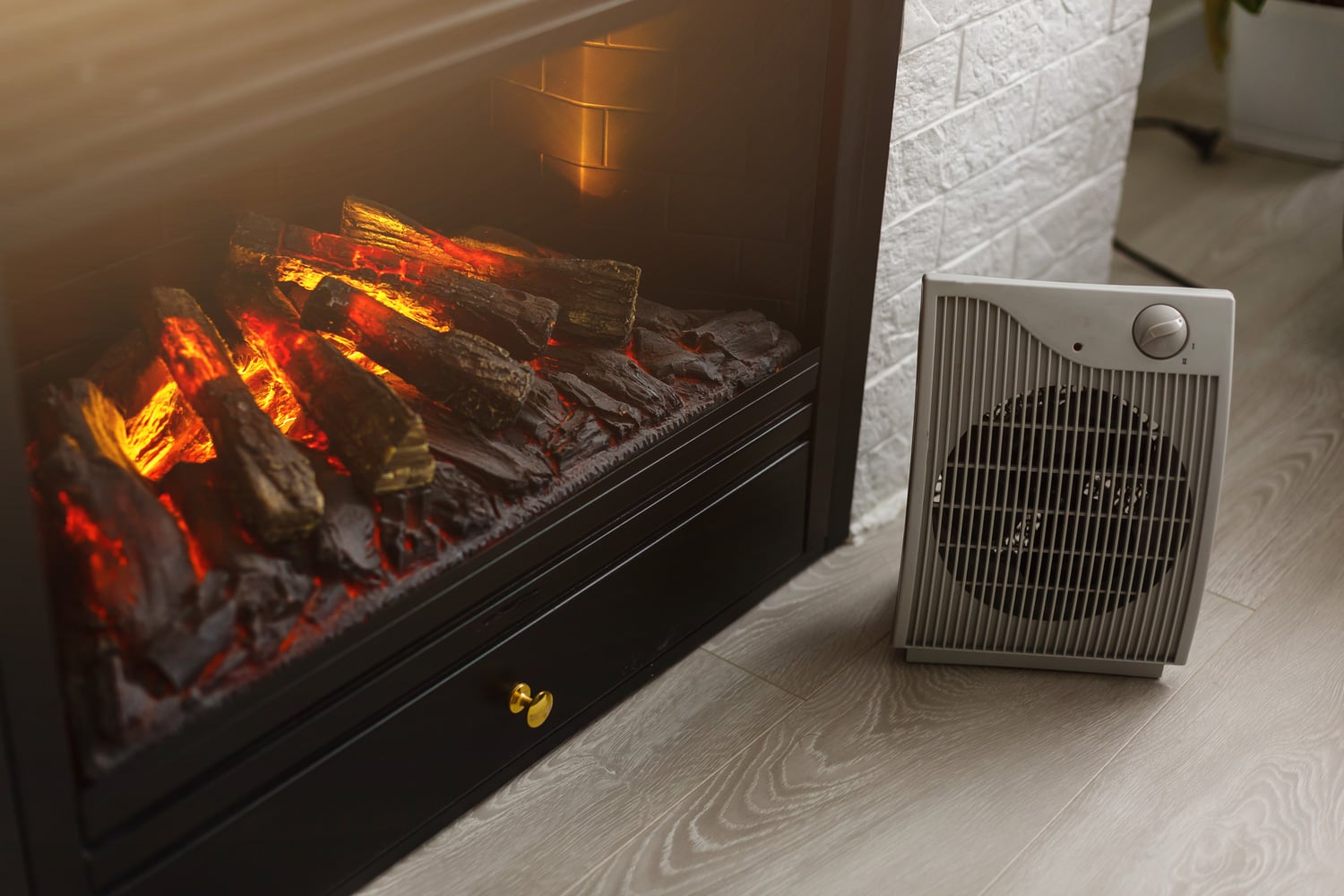
To counter the degradation inside out, perform one or more of these tips to cool down your burning gas fireplace:
- Narrow down or adjust the air vent space to reduce the oxygen level.
- Limit the wood amount you burn into two or three moderate-sized logs per round.
- Ignite a fire in proportion to the stove space to lessen the smoke and creosote formation.
- Close the door properly before starting or replace the gasket when there is a leak.
- Open the panel and allow the air to circulate using a stove fan, heat deflector, or poker.
- Avoid burning wet wood and ceramic logs.
- Install a damper with a tight seal to regulate the airflow and function as a chimney cap.
Click here to see this damper on Amazon.
Should A Gas Fireplace Be Hot To The Touch?
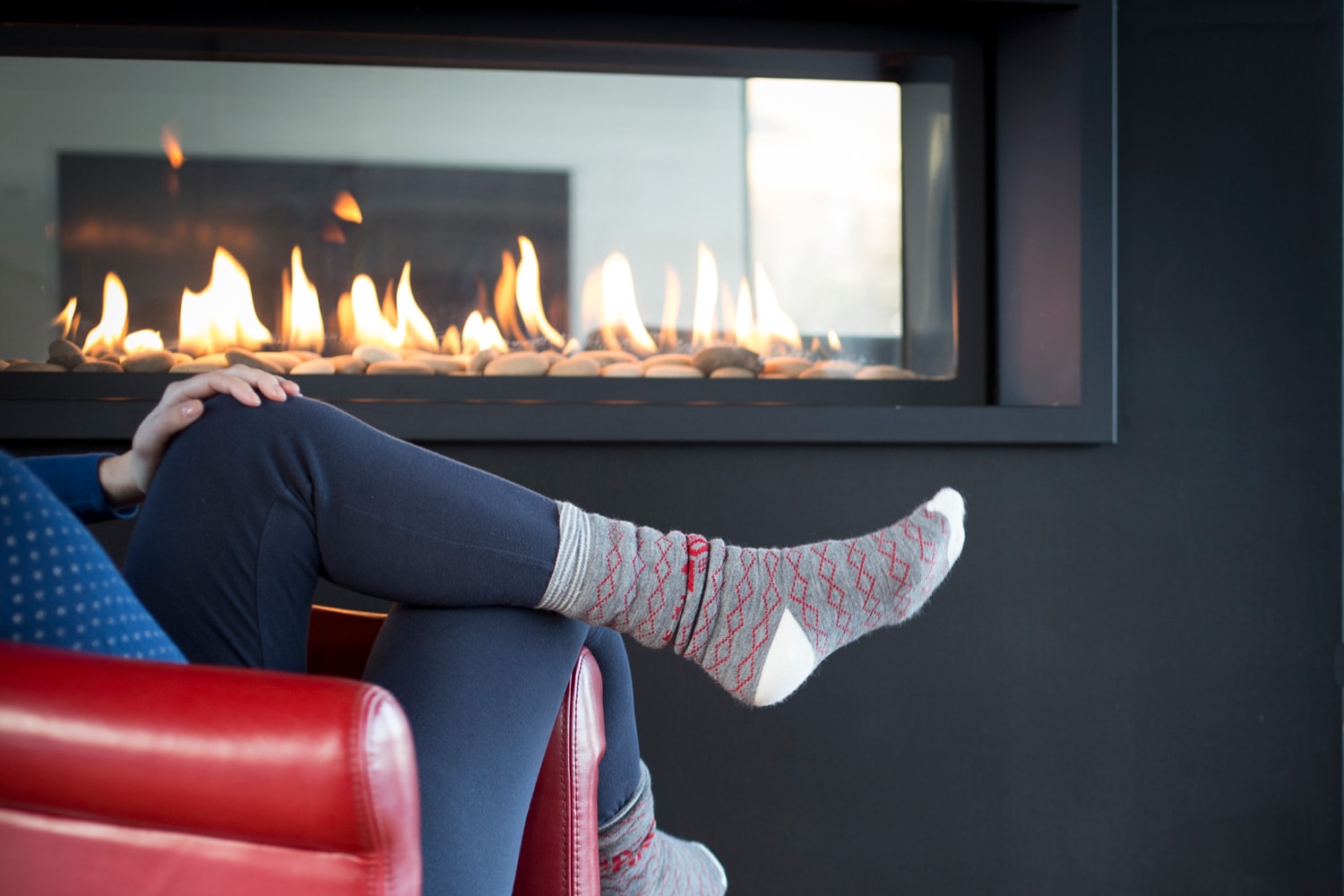
Yes, the gas fireplace can be hot to the touch, even after cooling down. Like other heat-producing appliances, it can burn your skin to different intensities. You should avoid the metal and glass parts, such as the mantel or hood. Keep children away from it.
Be careful if you have a vent-free gas fireplace. Since it has no cavity to release combustion gases, carbon monoxide, nitrogen oxides, and vapor are free-flowing in your house.
Although there should be adequate ventilation throughout the house, this stove can cause moisture problems and decrease air quality.
Is It Safe To Leave A Gas Fireplace On Overnight?
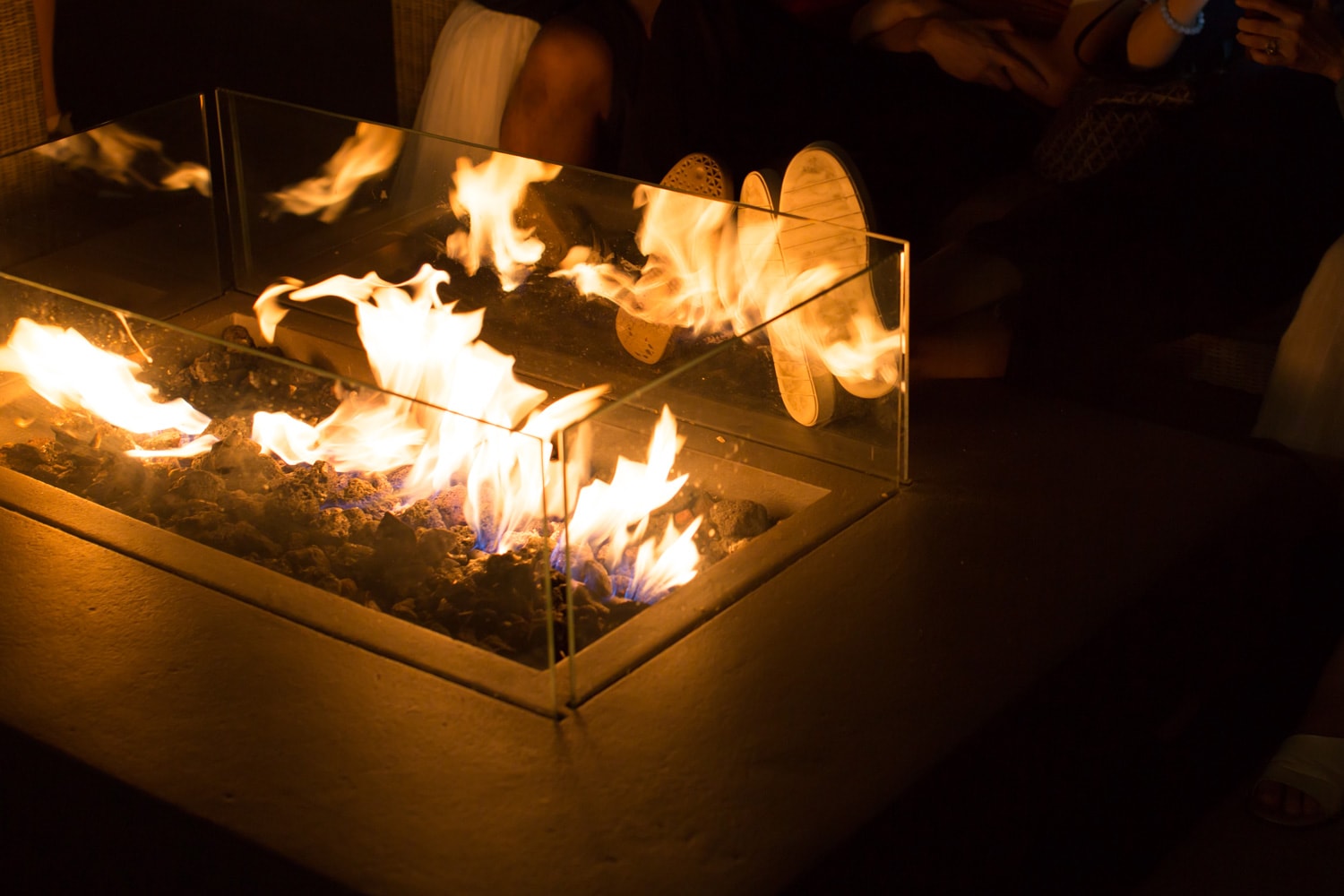
You can leave the gas fireplace running continuously, but you should not leave it on overnight. This is not safe. Your fireplace should have sealed glass panels and well-functioning vents. Otherwise, the safest operating time is up to three hours.
You can consult the manufacturer's advice. You should also schedule regular maintenance with chimney experts to ensure safety. Keep in mind that unwatched gas fireplaces can be costly and dangerous.
Can You Add A Thermostat To A Gas Fireplace?
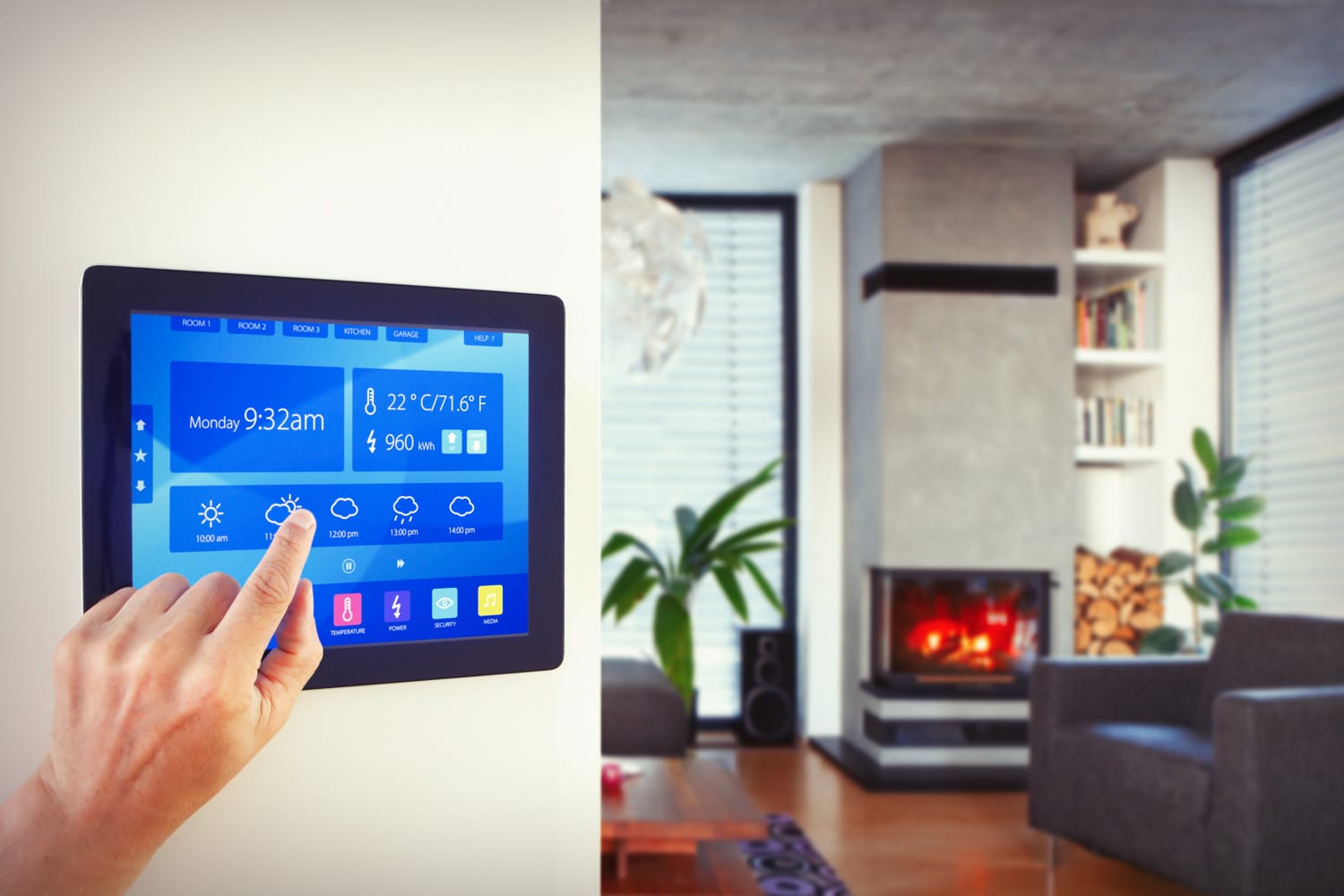
You can add a thermostat to a gas fireplace. Thermostat controls help adjust the flame rate. They allow the user to set the temperature with ease. As a result, you can easily prevent overheating.
Various thermostat types are available, but you should choose one with a millivolt system and a large digital display with a backlight. The thermostat should need low electrical voltage, making the installation straightforward.
To operate the thermostat, you can either press the touchscreen buttons or access it with remote control. The one below is compatible with most furnaces, like electric, oil, and gas.
Click here to see this millivolt thermostat panel on Amazon.
Watch this clip to see the procedure for incorporating a thermostat into your gas fireplace.
To gain more insights about thermostat varieties, read this post: Do I Need A Special Thermostat For Gas Fireplace?
Can You Leave A Pilot Light On In A Gas Fireplace?
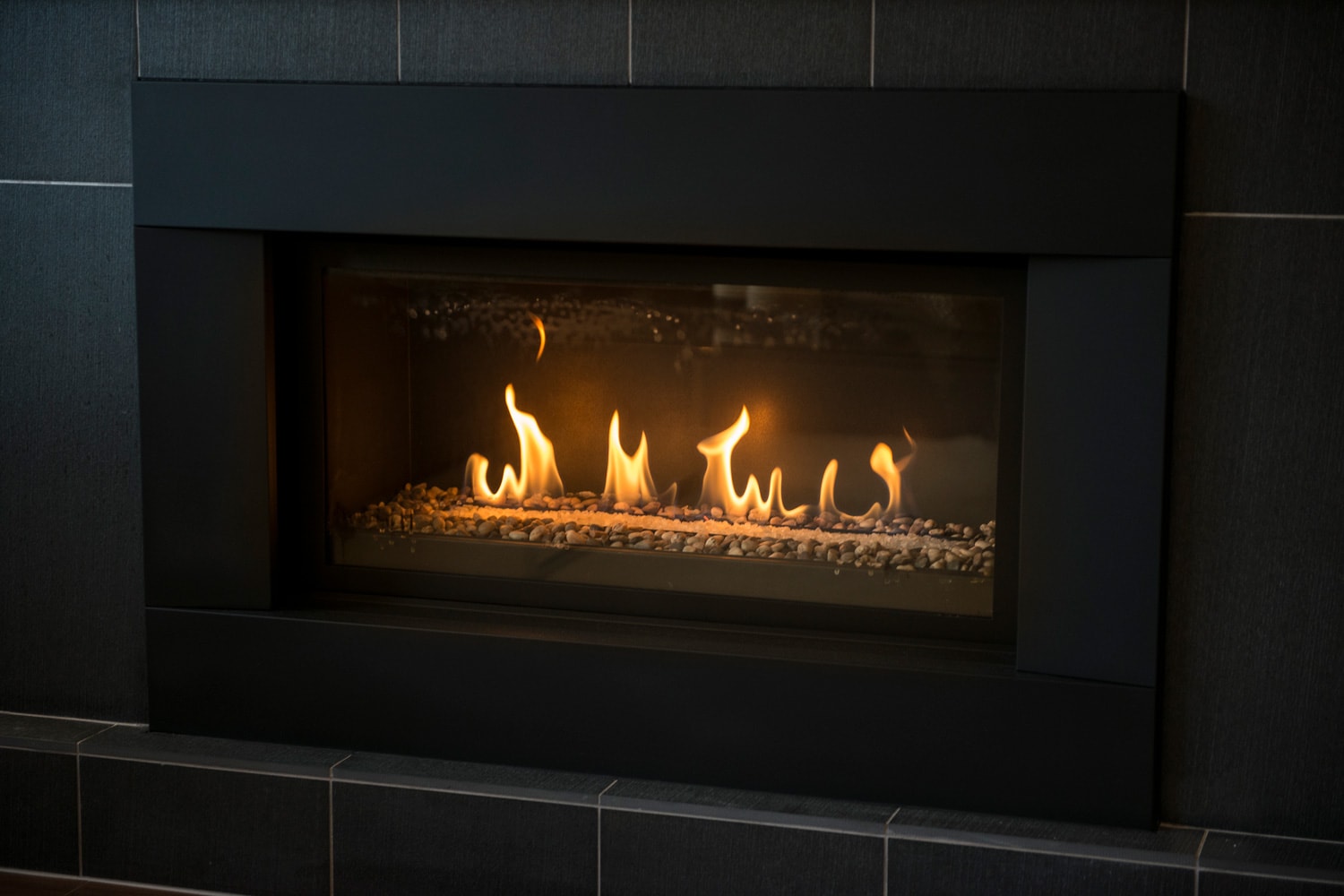
All gas fireplaces have pilot ignition, whether standing or electronic. The former always burns unless you switch it off, whereas the latter stops automatically.
The standby mode of the continuous light consumes high amounts of gas in the long run. It requires up to 1500 BTUs to function.
However, it is operational during power outages. In contrast, the latter is more energy-efficient because of the automatic mechanism for restarting combustion.
For these reasons, it is best to shut off the pilot when you do not use it for a while during warm or cold months. This will conserve energy and help you save money.
Remember, the flame is not consistently present. Unlike older models, modern ones have periodic pilot light systems, yet they do not always produce a glow.
How Do You Turn Off A Gas Fireplace Pilot Light?
Here are the simple steps for turning off a pilot light.
- Rotate the gas valve to the "off" position. As it cuts off the gas reserve, the flame will go out.
- Press the control knob or push a small lever to release the mechanical block. It deters accidental turning off.
- Ensure the thermocouple cools down to close the supply. This element serves as a shield when the pilot light blows out.
Watch this tutorial for details on how to activate the tiny flame. The thermocouple must be well-heated to open the valve. For safety, release the manual control to extinguish the flame. Stop pushing the ignition button if you smell gas when starting the pilot light.
Pilot Light Problem
The most common problem with a pilot light is when it keeps going out. As a result, the gas fireplace cannot sustain its glow.
Before replacing any components, inspect the gas supply to cancel it from being a potential cause. A strong draft could also be the culprit.
Your last resort is resetting the pilot assembly and checking the adjacent parts, like the thermocouple and thermopile. Otherwise, you need to replace the elements.
The pilot light depends on the thermocouple for effective performance. If it becomes faulty or misaligned, the flame also malfunctions. Because the replacement parts usually come in a set, you will need to overhaul other elements, even if they're in good condition.
Click here to see this pilot assembly on Amazon.
Where Is The Thermocouple On A Fireplace?
The thermocouple of the gas fireplace is beside the pilot light. It is a tiny pipe with a pointed end. It has a copper wire connected to the gas valve.
When the pilot system does not stay lit, notice whether it is dirty. To clean it, scrub the thermocouple with a sand cloth or paper. Afterward, check its voltage using a multimeter. The ideal reading lies between 25 and 35 millivolts.
Click here to see this sandpaper on Amazon.
Final Thoughts
Even if you're not using your gas fireplace, the gas insert and glass door panel usually stay warm. This happens because the pilot ignition system is always on.
While this flame serves a crucial role in the fireplace's heating performance, it is wise to know when and how to switch it off safely. Ultimately, you should keep your distance from any fireplace surfaces when it is on to prevent accidents.
Thanks for reading! If you enjoyed this post, explore these related articles:






